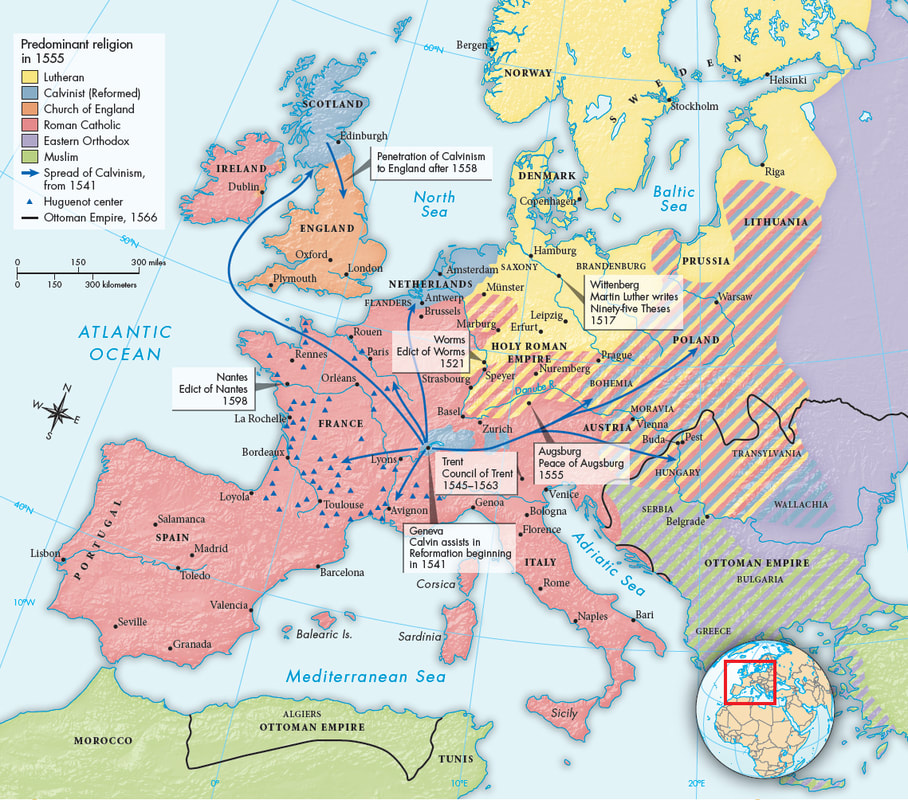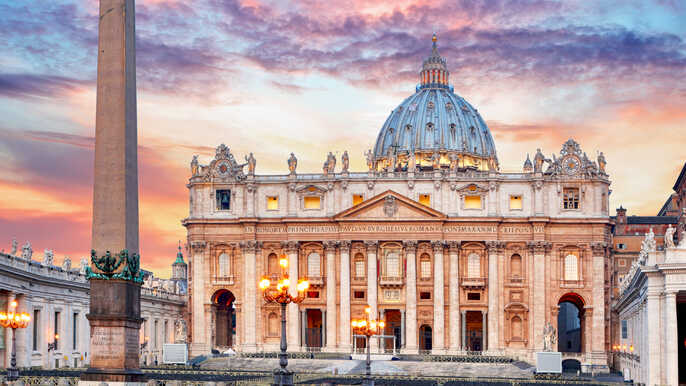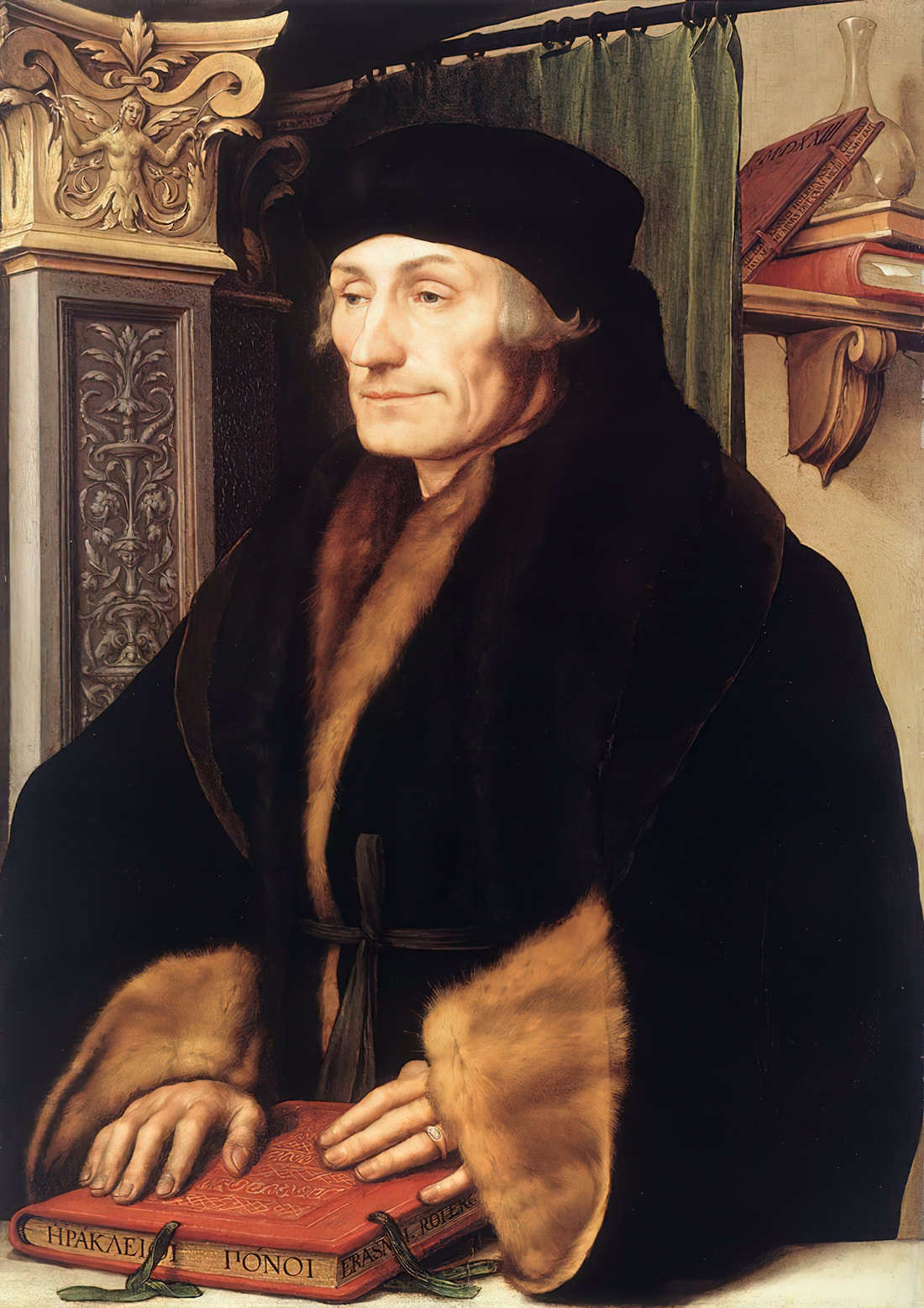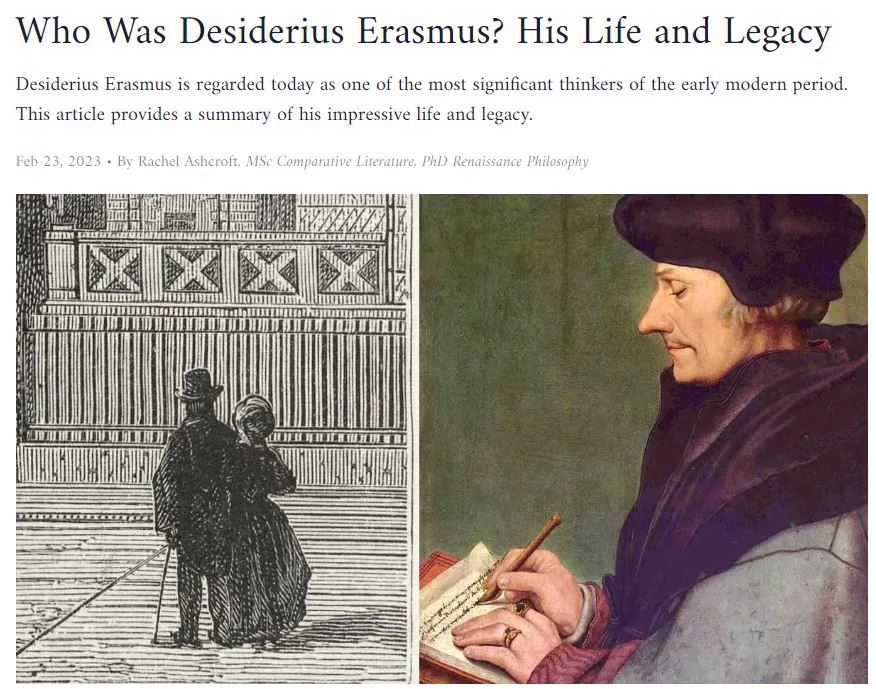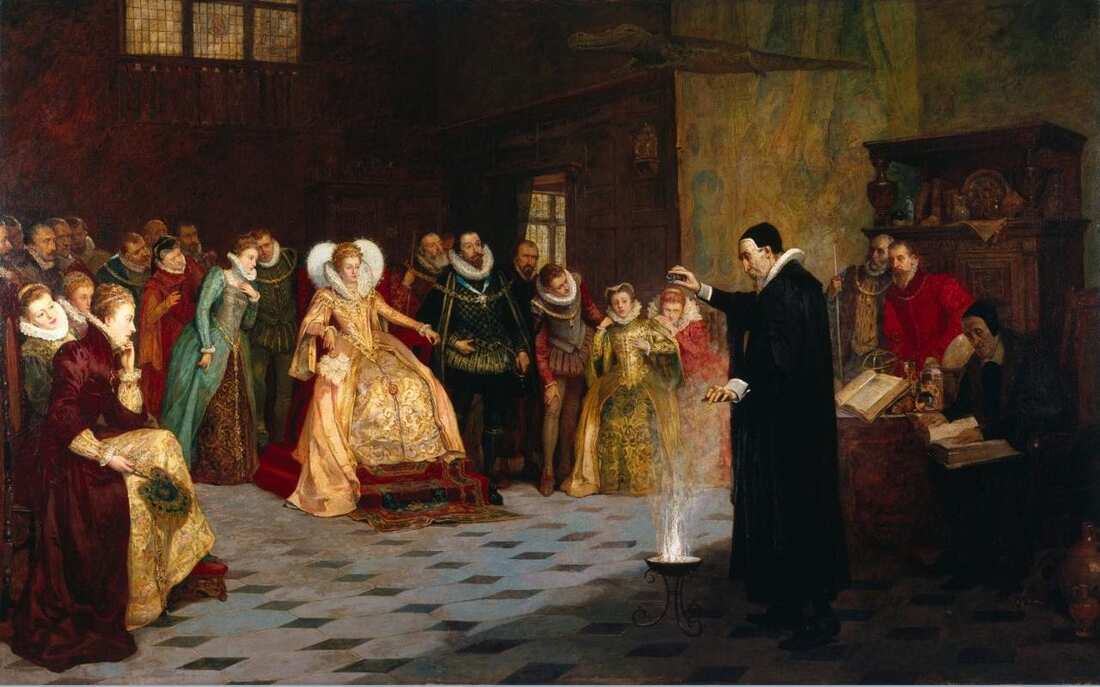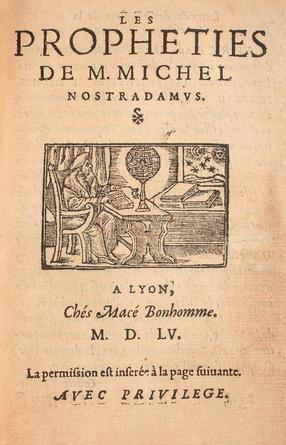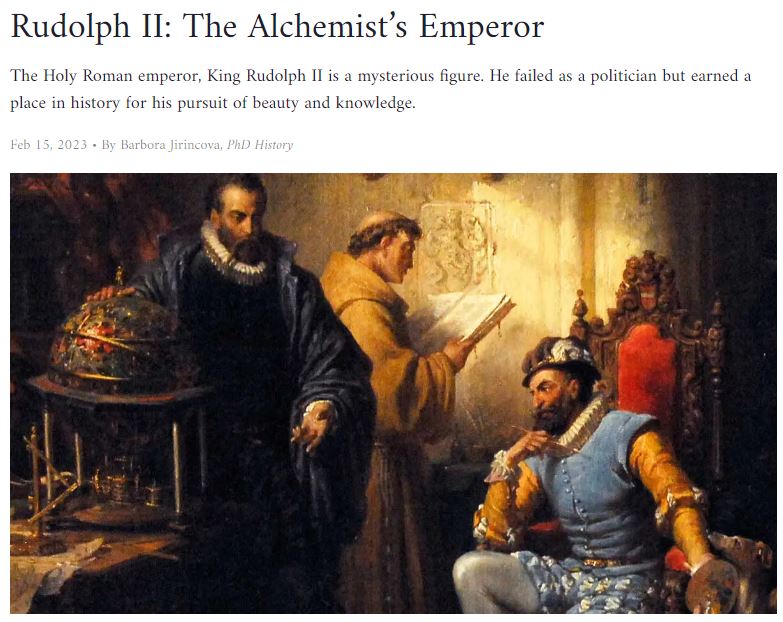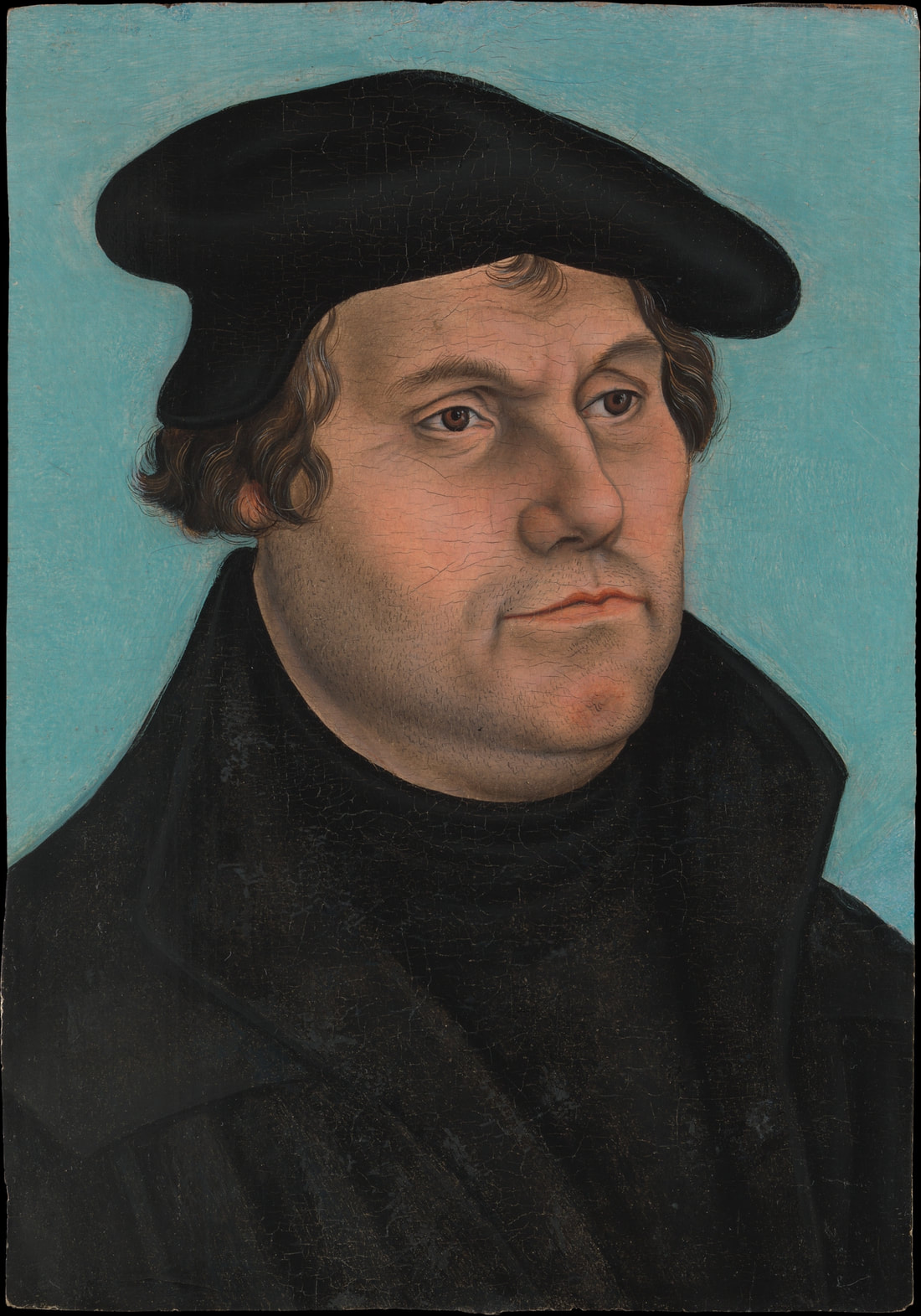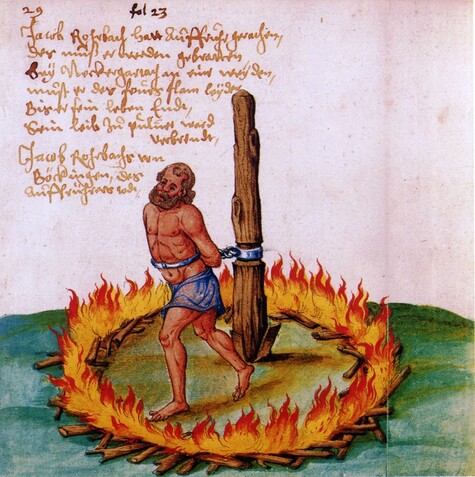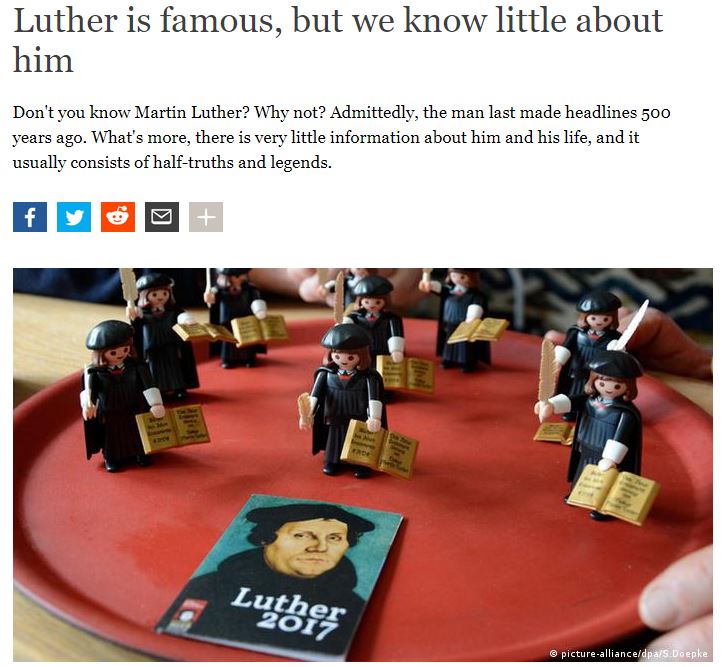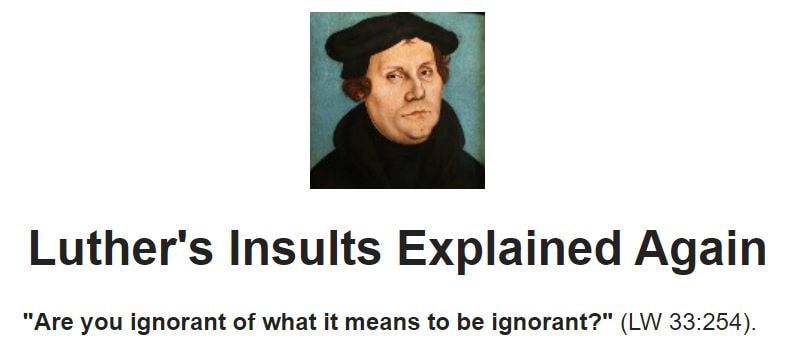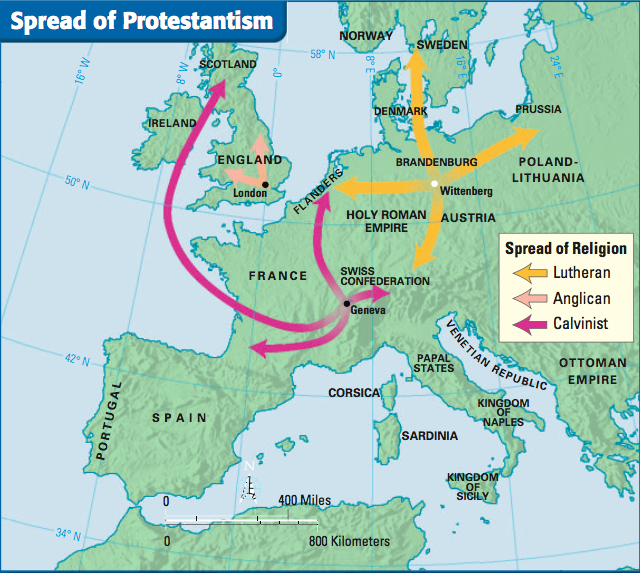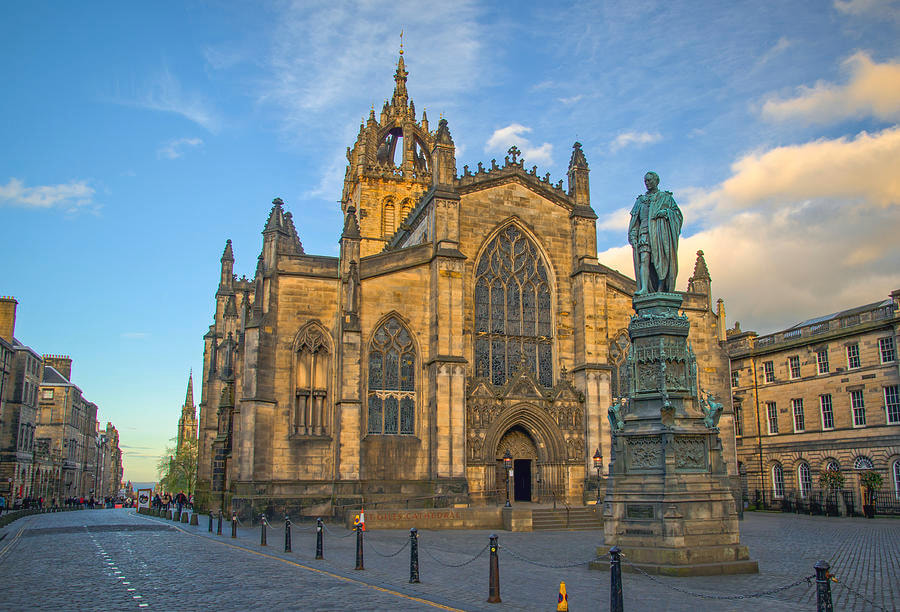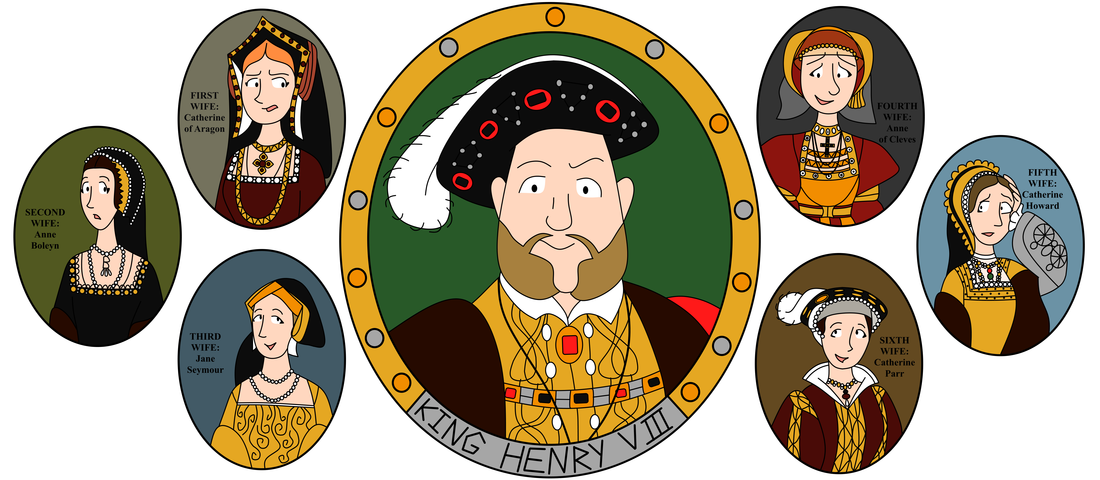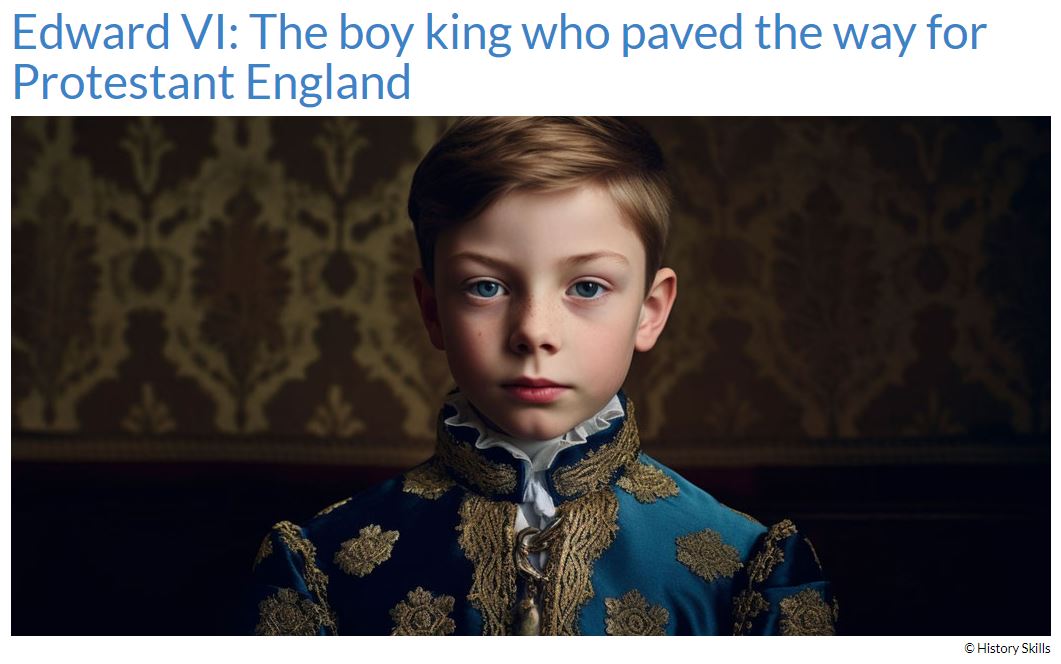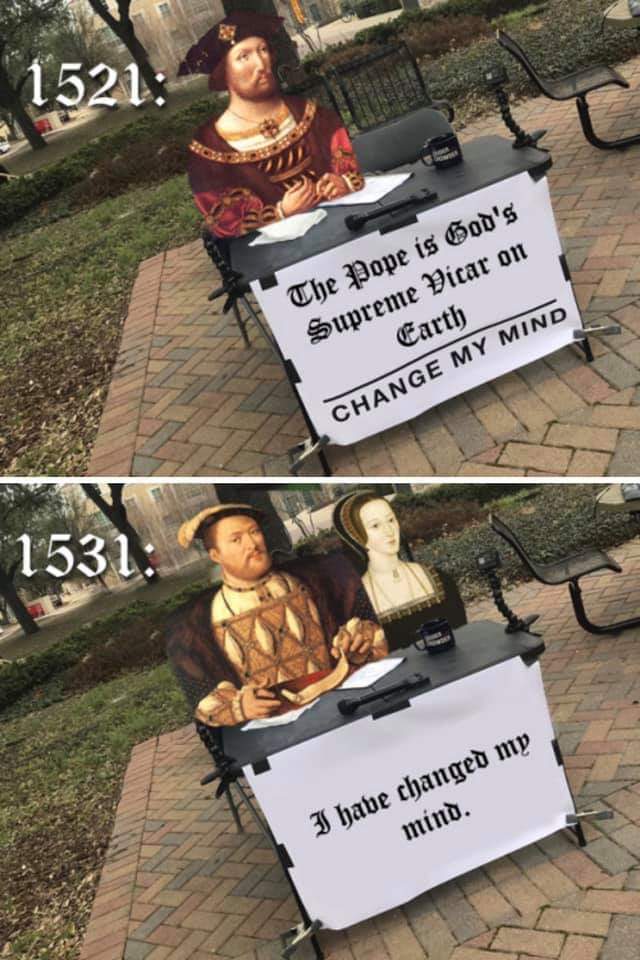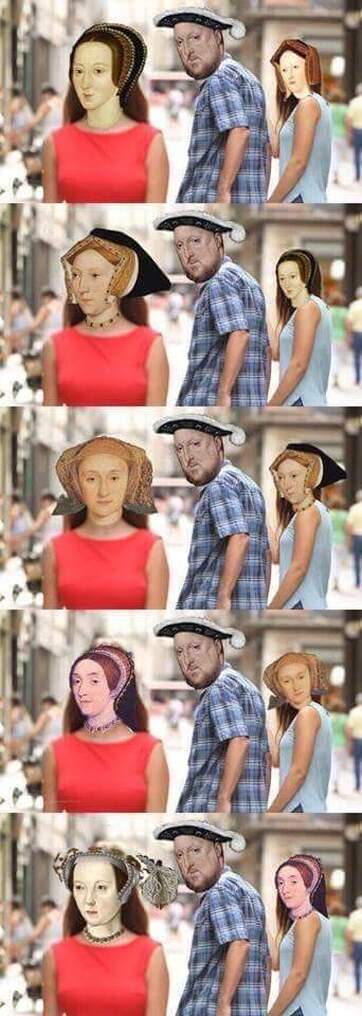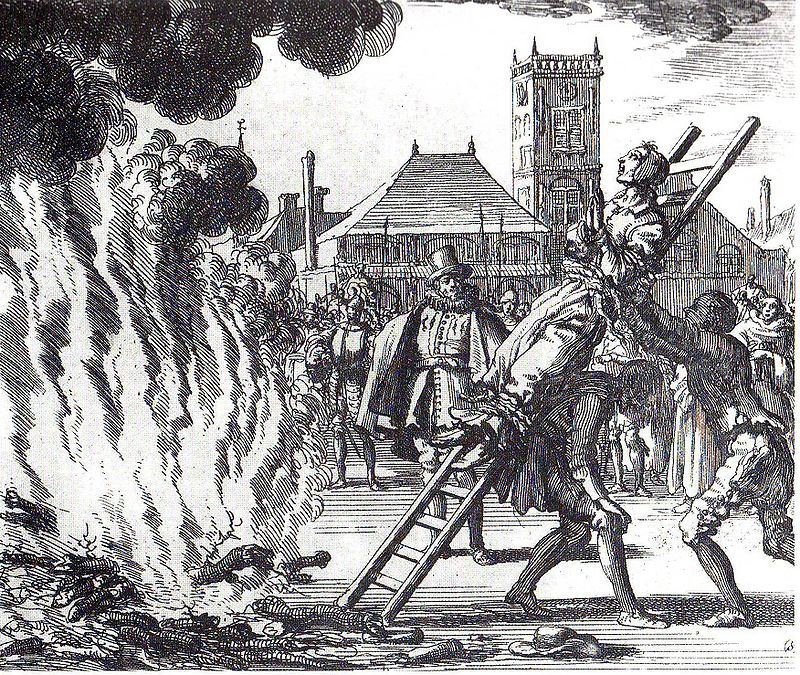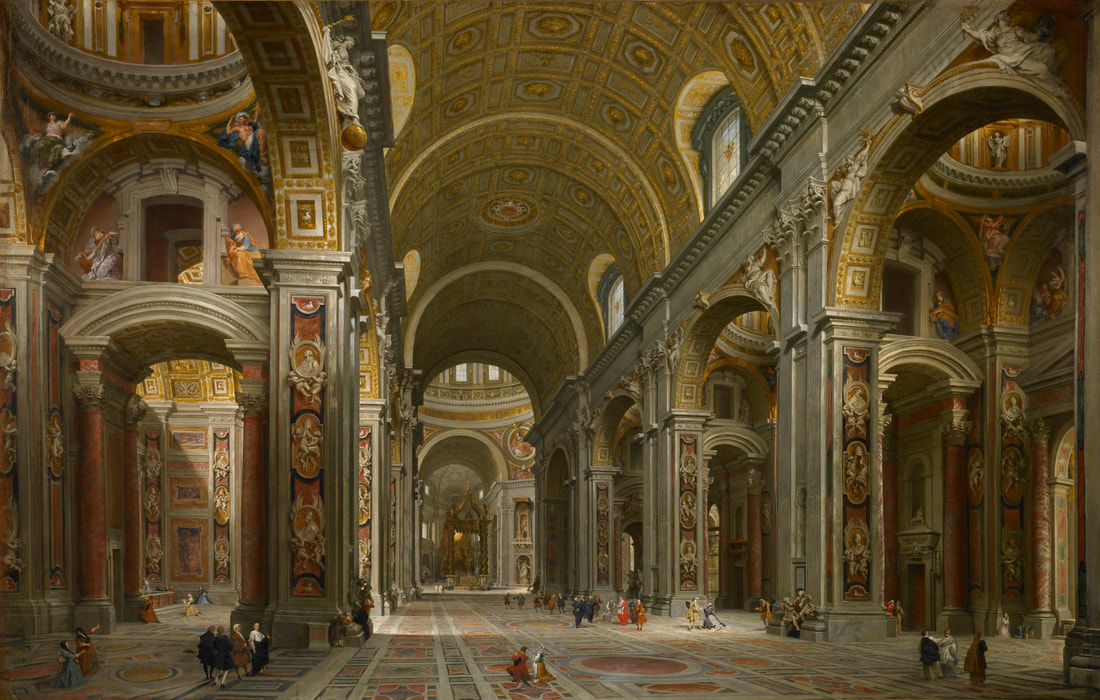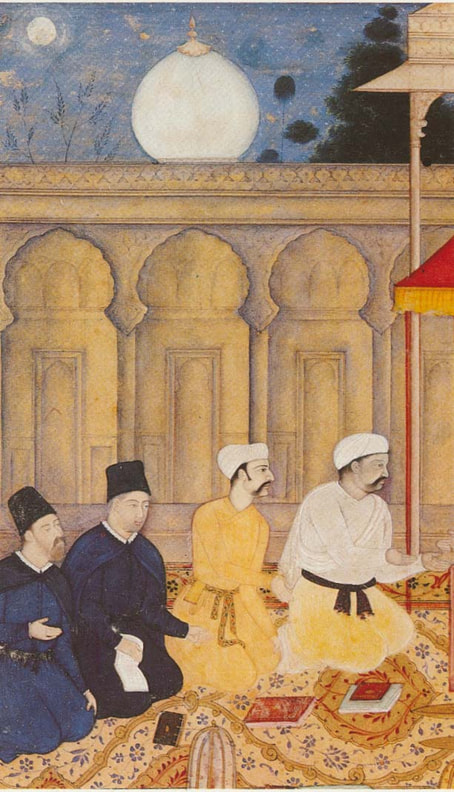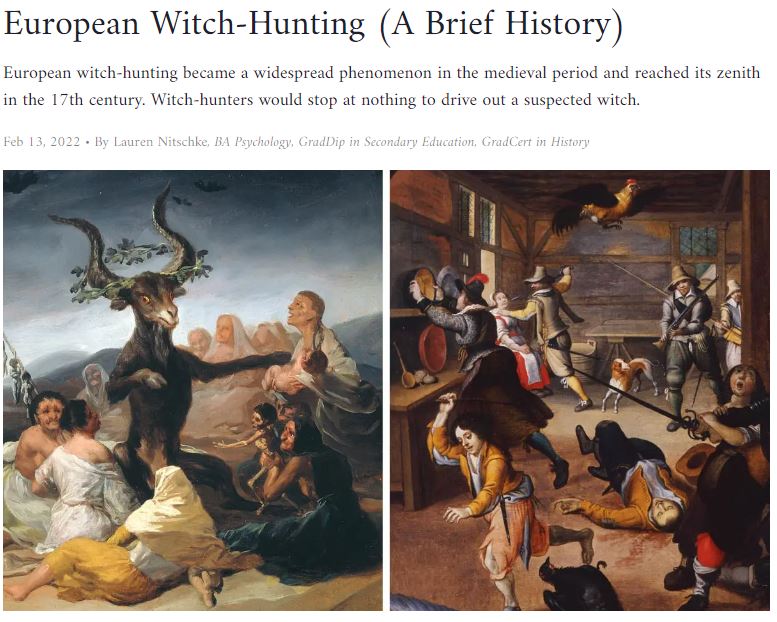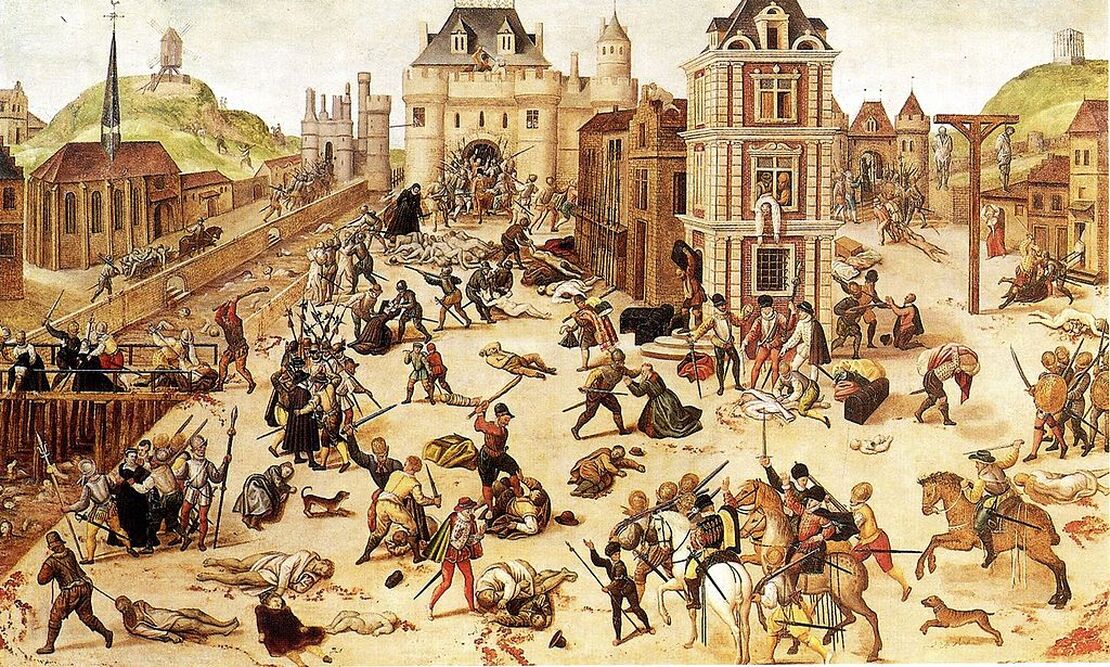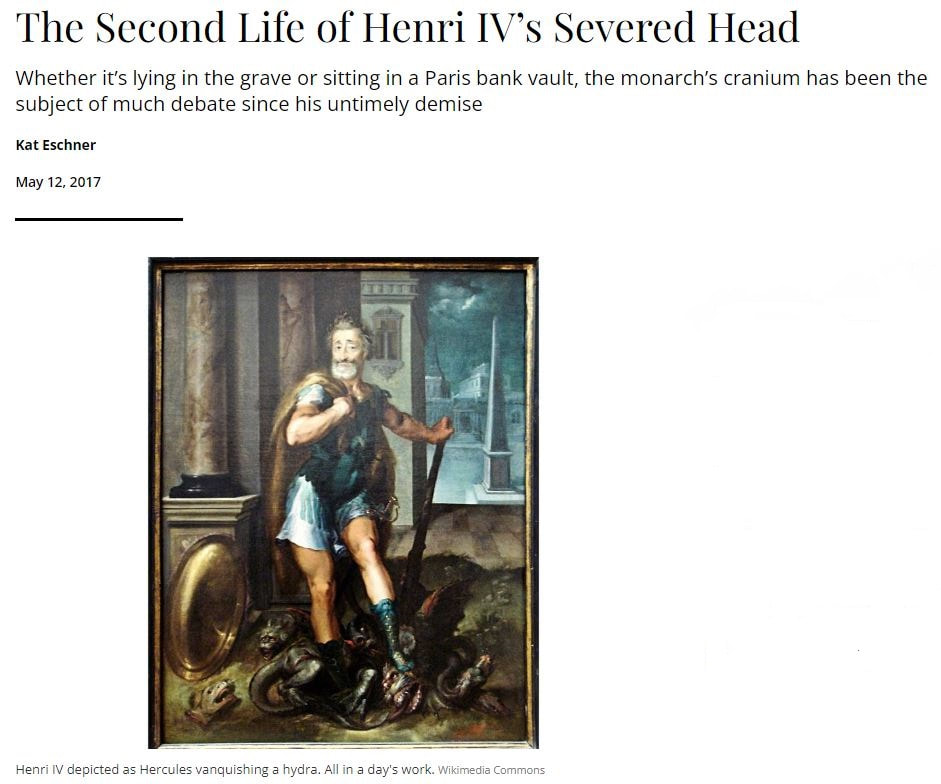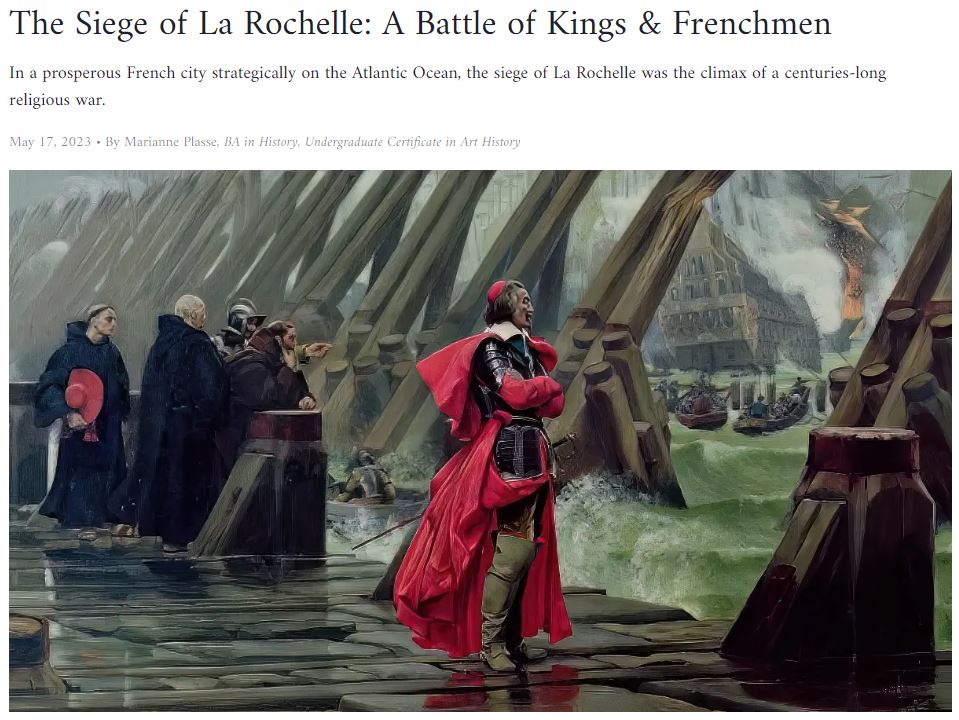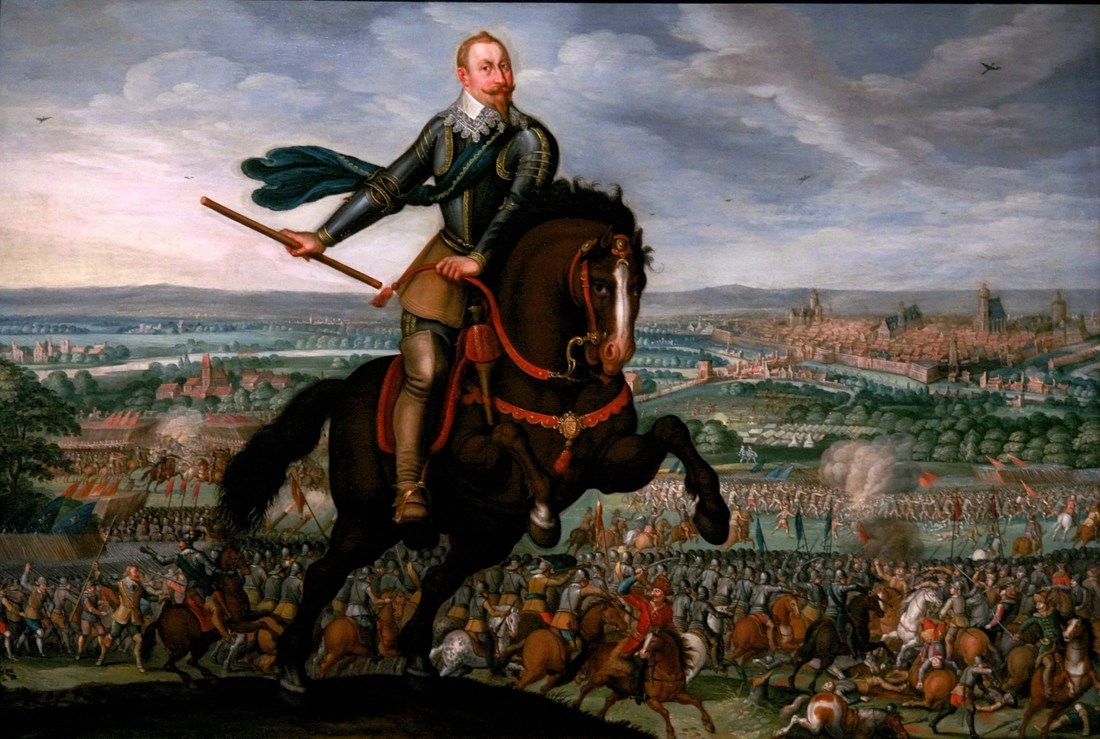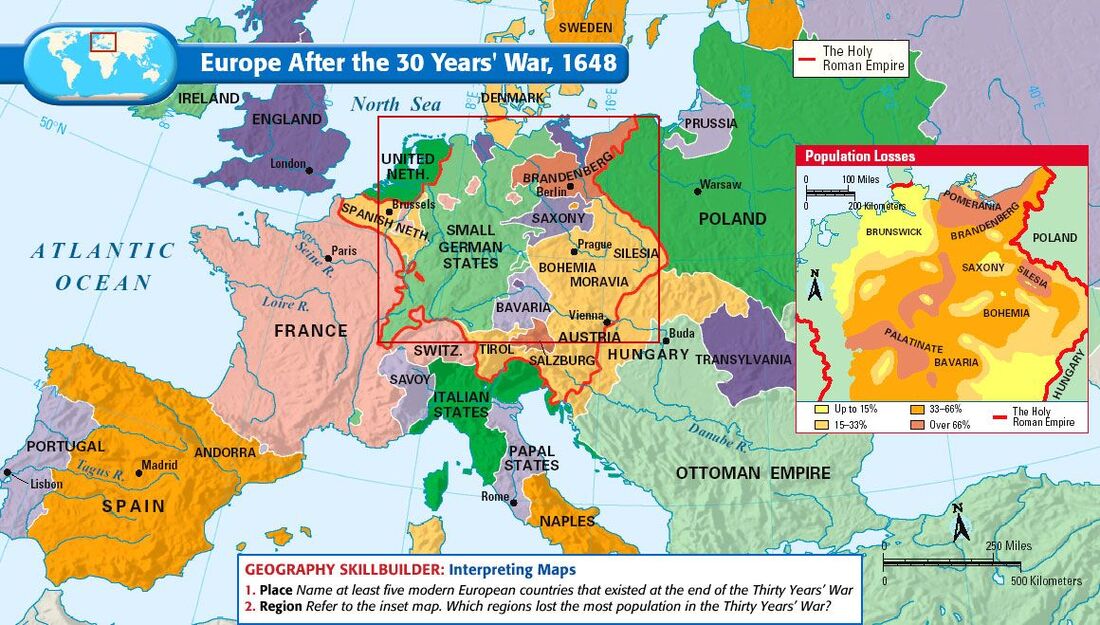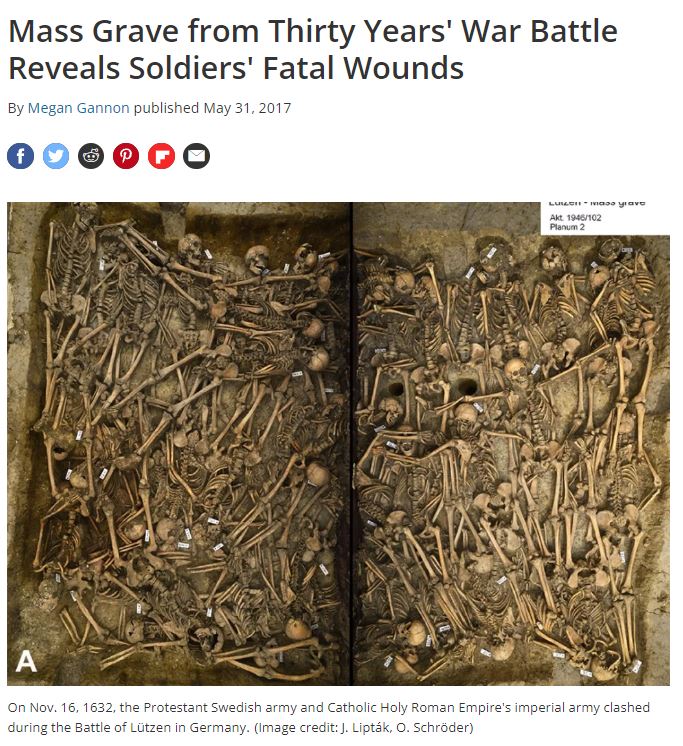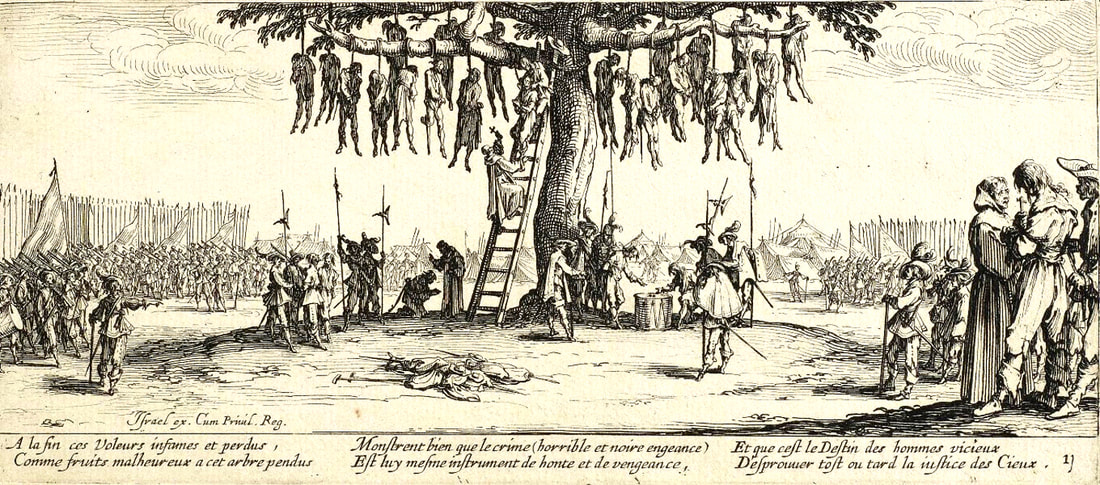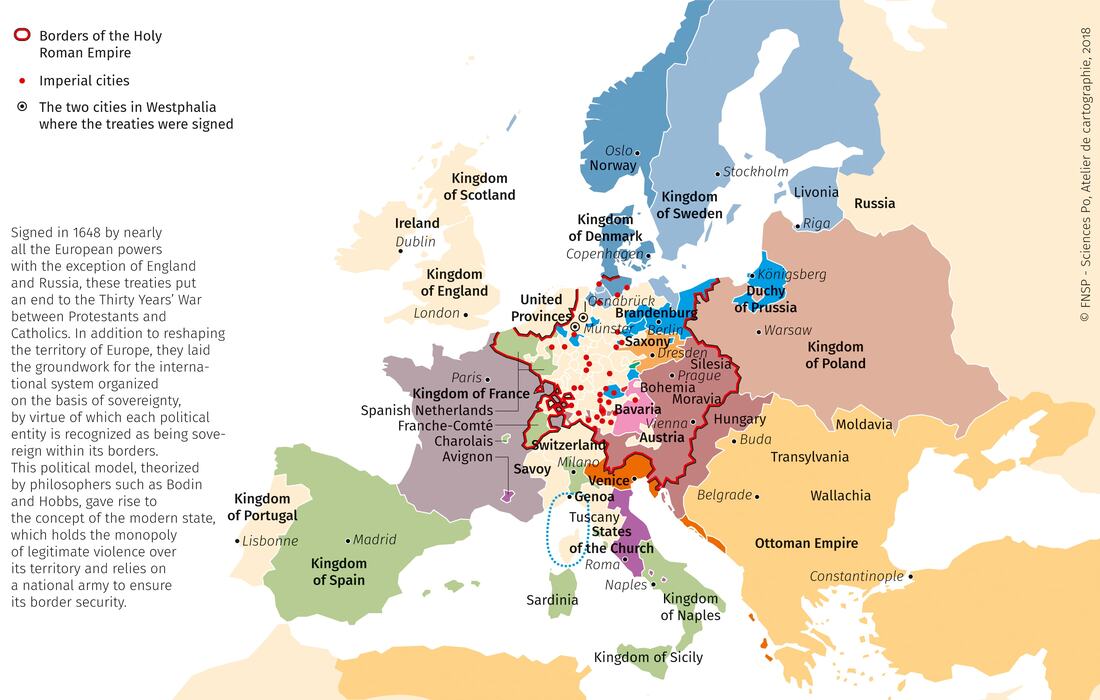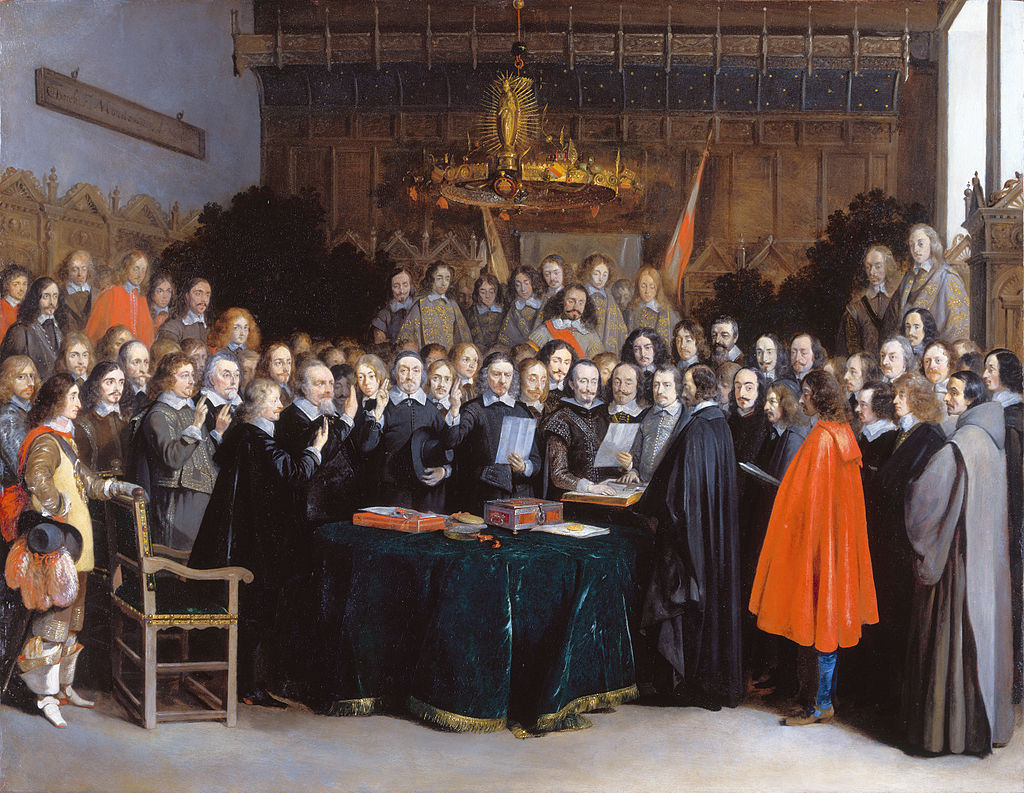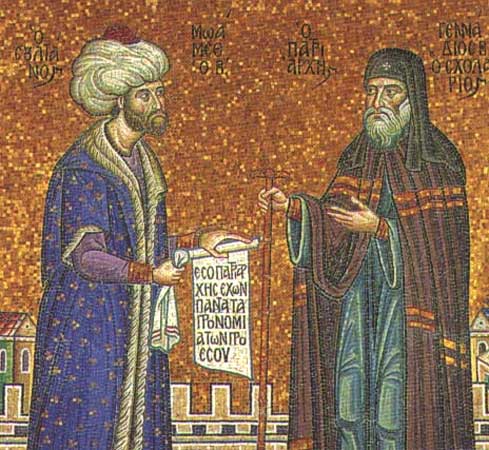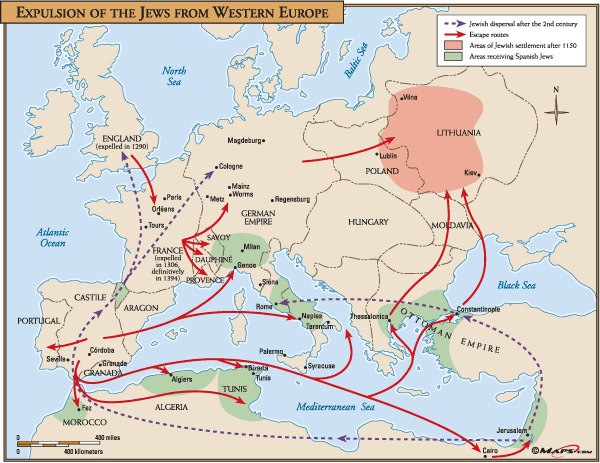Differing conceptions of salvation and the individual’s relationship to the church were at the heart of the conflicts among Luther, subsequent Protestant reformers such as Calvin and the Anabaptists, and the Catholic Church.
Reformation,
c. 1450-1648 CE
Contents
A. Latin Christendom
B. The Protestant Reformation
C. The Catholic (or Counter-) Reformation
D. Mannerism and Baroque Art
E. The Wars of Religion
Late medieval reform movements in the church - including lay piety, mysticism, and Christian humanism - created a momentum that propelled a new generation of 16th-century reformers, such as Erasmus and Martin Luther. After 1517, when Luther posted his 95 Theses criticizing ecclesiastical abuses and the doctrines that led to them, Christianity fragmented, even though religious uniformity remained the ideal. Some states, such as Spain and Portugal, which had recently expelled Muslims and Jews, held fast to this ideal. Others did not, notably the Netherlands and lands under Ottoman control, which accepted Jewish refugees.
In central Europe, the Peace of Augsburg (1555) permitted each state of the Holy Roman Empire to be either Catholic or Lutheran at the option of the prince. By the late 16th century, northern European countries were generally Protestant and Mediterranean countries generally Catholic. To re-establish order after a period of religious warfare, France introduced limited toleration of the minority Calvinists within a Catholic kingdom (Edict of Nantes, 1598; revoked in 1685). Jews remained a marginalized minority wherever they lived.
Differing conceptions of salvation and the individual’s relationship to the church were at the heart of the conflicts among Luther, subsequent Protestant reformers such as Calvin and the Anabaptists, and the Catholic Church. The Catholic Church affirmed its traditional theology at the Council of Trent (1545–1563), ruling out any reconciliation with the Protestants and inspiring the resurgence of Catholicism in the 17th century. Religious conflicts merged with and exacerbated long-standing political tensions between the monarchies and nobility across Europe, dramatically escalating these conflicts as they spread from the Holy Roman Empire to France, the Netherlands, and England. Economic issues such as the power to tax and control ecclesiastical resources further heightened these clashes.
All three motivations—religious, political, and economic—contributed to the brutal and destructive Thirty Years’ War, which was ended by the Peace of Westphalia (1648). The treaty established a new balance of power with a weakened Holy Roman Empire. The Peace of Westphalia also added Calvinism to Catholicism and Lutheranism as an accepted religion in the Holy Roman Empire, ensuring the permanence of European religious pluralism. However, pluralism did not mean religious freedom; the prince or ruler still controlled the religion of the state, and few were tolerant of dissenters.
Source: https://apcentral.collegeboard.org/pdf/ap-european-history-course-and-exam-description.pdf
In central Europe, the Peace of Augsburg (1555) permitted each state of the Holy Roman Empire to be either Catholic or Lutheran at the option of the prince. By the late 16th century, northern European countries were generally Protestant and Mediterranean countries generally Catholic. To re-establish order after a period of religious warfare, France introduced limited toleration of the minority Calvinists within a Catholic kingdom (Edict of Nantes, 1598; revoked in 1685). Jews remained a marginalized minority wherever they lived.
Differing conceptions of salvation and the individual’s relationship to the church were at the heart of the conflicts among Luther, subsequent Protestant reformers such as Calvin and the Anabaptists, and the Catholic Church. The Catholic Church affirmed its traditional theology at the Council of Trent (1545–1563), ruling out any reconciliation with the Protestants and inspiring the resurgence of Catholicism in the 17th century. Religious conflicts merged with and exacerbated long-standing political tensions between the monarchies and nobility across Europe, dramatically escalating these conflicts as they spread from the Holy Roman Empire to France, the Netherlands, and England. Economic issues such as the power to tax and control ecclesiastical resources further heightened these clashes.
All three motivations—religious, political, and economic—contributed to the brutal and destructive Thirty Years’ War, which was ended by the Peace of Westphalia (1648). The treaty established a new balance of power with a weakened Holy Roman Empire. The Peace of Westphalia also added Calvinism to Catholicism and Lutheranism as an accepted religion in the Holy Roman Empire, ensuring the permanence of European religious pluralism. However, pluralism did not mean religious freedom; the prince or ruler still controlled the religion of the state, and few were tolerant of dissenters.
Source: https://apcentral.collegeboard.org/pdf/ap-european-history-course-and-exam-description.pdf
Latin Christendom
Objectives:
- Explain the context in which the religious, political, and cultural developments of the 16th and 17th centuries took place.
- Explain the continuities and changes in the role of the Catholic Church from 1450 to 1648.
Latin Christendom
|
Main facade of Saint Peter's Basilica, Rome
Criticism of the Church by Desiderius Erasmus, the leading Christian humanist, set the stage for the Protestant Reformation.
|
|
Alchemy and Astrology
Witchcraft: Crash Course European History #10
Wars, disease, climate changes, and shifts in religious and political power threw the European world into turmoil. People were looking for a scapegoat, and for many it was a time of magical thinking. So, maybe witches were responsible for all the problems? It was a popular idea, but, alas, the witches weren't responsible.
Occultist John Dee was court astrologer to Queen Elizabeth I of England.
|
Nostradamus was a French seer who published prophecies that have since become famous. He's been credited with predicting the Great Fire of London, the rise of Napoleon and Adolf Hitler, and 9/11.
Article: Rudolph II: The Alchemist’s Emperor
|
|
Latin Christendom Quizlet (comprehensive)
The Church Before the Reformation, Alchemy, and Astrology
Latin Christendom Quizlet (abridged)
The Church Before the Reformation, Alchemy, and Astrology
|
The Protestant Reformation
Objective: Explain how and why religious belief and practices changed from 1450 to 1648.
- Reformers Martin Luther and John Calvin criticized Catholic abuses and established new interpretations of Christian doctrine and practice. Responses to Luther and Calvin included religious radicals, including the Anabaptists, and other groups, such as German peasants.
- Monarchs and princes, including the English rulers Henry VIII and Elizabeth I, initiated religious reform from the top down in an effort to exercise greater control over religious life and morality.
- Protestant reformers used the printing press to disseminate their ideas, which spurred religious reform and helped it to become widely established.
- Some Protestants, including Calvin and the Anabaptists, refused to recognize the subordination of the church to the secular state.
- Some Protestant groups sanctioned the notion that wealth accumulation was a sign of God’s favor and a reward for hard work.
- Religious conflicts became a basis for challenging the monarchs’ control of religious institutions.
The Protestant Reformation: Crash Course European History #6
In the early 16th century, the Roman Catholic church dominated Christianity in Europe, and the institution was starting to show some cracks. Tensions mounted and protests grew, and eventually, the Protestant Reformation happened. Martin Luther nailed his 95 Theses to the church door in Wittenberg, but the Reformation doesn't exactly begin with Luther, and it certainly doesn't end with him. Today, we're looking at how and why the Catholic church in Europe split, first into two sects, and eventually into a LOT of sects.
Lutheranism
|
Martin Luther's questioning of the Church sparked the Reformation.
The burning of Little Jack (Jacklein) Rohrbach, a leader of the peasants during the German Peasants' Revolt.
|
Article: Lutheran Insulter :: List of Insults
|
Reformation and Consequences: Crash Course European History #7
The Protestant Reformation didn't exactly begin with Martin Luther, and it didn't end with him either. Reformers and monarchs changed the ways that religious and state power were organized throughout the 16th and early 17th centuries. Jean Calvin in France and Switzerland, the Tudors in England, and the Huguenots in France also made major contributions to the Reformation.
Calvinism
|
Calvin of Calvin and Hobbes fame is named for the French theologian.
|
Presbyterian leader John Knox was the minister of St. Giles' Cathedral in Edinburgh, Scotland.
Anglicanism
Henry VIII and his six wives: divorced, beheaded, died, divorced, beheaded, survived.
Anabaptism
|
The Protestant Reformation Quizlet (comprehensive)
The Protestant Reformation Quizlet (abridged)
|
The Catholic (or Counter-) Reformation
Objective: Explain the continuities and changes in the role of the Catholic Church from 1450 to 1648.
Catholic Counter-Reformation: Crash Course European History #9
When the Protestant Reformation broke out in Western Europe, the Catholic Church got the message, at least a little bit. Pope Paul III called a council to look into reforming some aspects of the Catholic Church and try to stem the tide of competing Christian sects popping up all over the place. The Council of Trent changed some aspects of the organization but doubled down on a lot of the practices that Martin Luther and other reformers had a problem with. Today you'll learn about the Council of Trent, the rise of the Jesuits, and Saint Teresa of Avila.
Interior of Saint Peter's Basilica by Giovanni Paolo Panini (1731)
|
Jesuits at the court of the Mughal emperor of India, c. 1605
|
|
Mannerism and Baroque Art
Objective: Explain how and why artistic expression changed from 1450 to 1648.
- Mannerist and Baroque artists employed distortion, drama, and illusion in their work. Monarchies, city-states, and the church commissioned these works as a means of promoting their own stature and power.
BAROQUE
- Gian Bernini (Ecstasy of Saint Theresa)
- St. Paul's Cathedral
- Palace of Versailles, France
- Palace of Charlottenburg, Germany
- Les Invalides, France
- Caravaggio (Taking of Christ, Salome with Head of John the Baptist, David with Head of Goliath)
- Artemisia Gentileschi (Judith Slaying Holofernes)
- Peter Paul Reubens (Marie de' Medici Cycle)
- Nicolas Poussin (Ashes of Phokion)
- Diego Velasquez (Las Meninas)
- Johann Sebastian Bach (Brandenburg Concertos)
- George Frideric Handel (Messiah)
- Antonio Vivaldi (Four Seasons)
|
|
|
|
The Catholic (or Counter-) Reformation Quizlet (comprehensive)
The Catholic (or Counter-) Reformation Quizlet (abridged)
|
The Wars of Religion
Objectives:
- Explain how matters of religion influenced and were influenced by political factors from 1450 to 1648.
- Explain how the religious, political, and cultural developments of the 16th and 17th centuries affected European society from 1450 to 1648.
The 17th Century Crisis: Crash Course European History #11
The 17th Century in Europe was rough in a lot of ways. The Thirty Years War involved a lot of countries, and a lot of battles, and it was terrible for everyone involved, as wars have aa historical tendency to be. At the same time, disease and hunger were common, thanks in part to the climate change of the Little Ice Age. Get ready for some misery.
The St. Bartholomew's Day massacre of French Protestants (1572). It was the climax of the French Wars of Religion, which were brought to an end by the Edict of Nantes (1598).
- Religious pluralism challenged the concept of a unified Europe.
- Religious reform both increased state control of religious institutions and provided justifications for challenging state authority.
- Issues of religious reform exacerbated conflicts between the monarchy and the nobility, as in the French wars of religion.
- States exploited religious conflicts to promote political and economic interests.
- A few states, such as France with the Edict of Nantes, allowed religious pluralism in order to maintain domestic peace.
- Habsburg rulers confronted an expanded Ottoman Empire while attempting unsuccessfully to restore Catholic unity across Europe.
- The Peace of Westphalia (1648), which marked the effective end of the medieval ideal of universal Christendom, accelerated the decline of the Holy Roman Empire by granting princes, bishops, and other local leaders control over religion.
Germany |
The Netherlands |
France |
The Thirty Years' War
The Lion of the North: Gustavus Adolphus depicted at the turning point of the Battle of Breitenfeld (1631) against the forces of Count Tilly.
The Hanging from The Miseries of War by Jacques Callot (1633)
The Peace of Westphalia
|
The Ratification of the Treaty of Münster (1648) by Gerard ter Borch
|
Minority Religions
|
The Wars of Religion and Minority Religions (comprehensive)
The Wars of Religion and Minority Religions (abridged)
|
